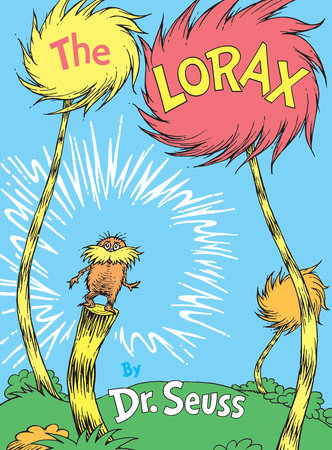There’s one thing I’ve touched on in previous posts but not
gone into much detail on yet. Why has so much deforestation been occurring
since the 1970s? Well, there’s a number of reasons.
The first is, surprisingly, a natural cause. Natural fires,
not to be confused with anthropogenic fires, occur in forests most commonly as
a result of lightning strikes and long-term droughts. The Amazon is no
exception. In 1998, severe drought brought on by an El Niño episode burned 20,000 square kilometres of forest in the Roraima
and southeastern Pará regions of the Amazon (Nepstad et al., 2001). It seems bad, but this is natural variability in fire
occurrence, and is actually a critical component of the Earth system (Whitlock et al., 2010). Despite Amazon rainforests
being more resilient to fires due to their natural microclimates only
infrequently providing suitable conditions for fire ignition (Uhl and Kauffman, 1990; Baretto et al., 2006), anthropogenic
deforestation has been seen to increase the susceptibility of forests to fire
by providing greater ignition and fuel sources, altering the forest
microclimate to observe longer periods with no rain, and decreasing the albedo
of the land surface (Uhl and Kauffman, 1990; Nepstad et al., 2001; Silvestrini et al., 2011). The key word here: anthropogenic.
Anthropogenically-induced fires in the Amazon are common
enough that Baretto et al. (2006) defined ‘fire
zones’ in the Amazon as zones of a 10km radius around a forest fire, and
determined that 28% of the Brazilian Amazon was under significant anthropogenic
fire pressure. Fire itself is used to clear forested land for a number of uses,
referred to as ‘slash and burn agriculture’, but is just one method amongst
many, including forest clear-cutting and selective logging (Ferretti-Gallon and Busch, 2017).
A comprehensive study by Ferretti-Gallon and Busch (2017), based on 121 deforestation studies from 1996 to 2013,
found that the anthropogenic deforestation I’ve been banging on about occurs
almost exclusively due to the potential economic returns. It’s all about money
(duh!). The Amazon offers a wealth of public ecosystem services, including
biodiversity habitats, storm mitigation, and carbon storage (to name just a
few). But it seems like if the private economic returns of croplands, pasture,
mining, and urban development are greater than these ecosystem services, it’s
goodbye Amazon and hello slash and burn, but most importantly, hello money!
That’s essentially why deforestation levels I talked about in my previous post
are above the optimum – it’s all about the money! Remember The Lorax?





